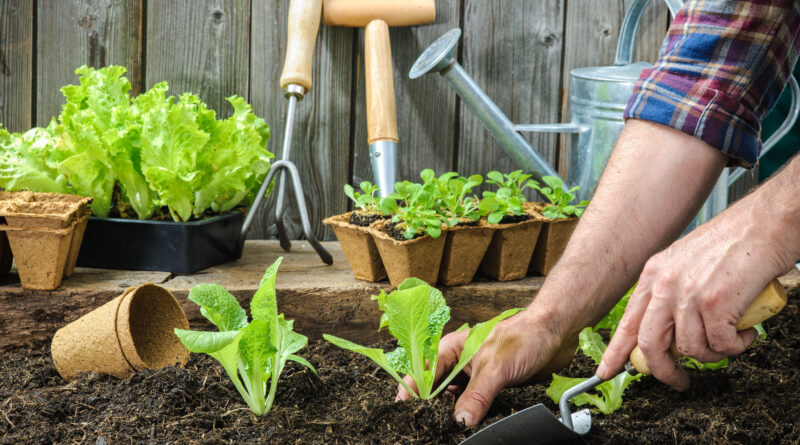Prepare your garden during winter to spring forth & shine
By AMY ROGNLIE
If you’re like me, you spend the winter months dreaming about what your garden would look like in spring. I’ve forced bulbs, babied my houseplants, started a succulent collection, pored through seed catalogs, purchased seeds, dusted off my grow lights to shine upon said seeds, and, well, I’m just ready to get on with it! Come on, spring!
And if you’re like me, you hibernated in the air conditioning during the dog days of August and September. While you were doing so, things out in the garden might have gotten a wee bit overgrown — or equally likely — roasted to death. At my house, the grass apparently sneaked into my flower beds a few blades at a time while I was not watching, so now I have to dig it all out before it establishes itself as a permanent fixture. Note: Digging out or otherwise killing grass is a good job to do now, while it is not August.
“One of the most delightful things about a garden is the anticipation it provides.” – W.E. Johns
Other (more fun) things to do in February and March are pruning, dividing and/or moving plants, shrubs or trees, fertilizing, and planting seedlings.
Pruning
This is a great time to prune roses, fruit trees, grapevines, blackberry bushes, etc. Cut asters and chrysanthemums to rosettes, and prune woody salvias by as much as 2/3 to encourage new growth.
Dividing/Moving
Dormant perennials, roses, shrubs and trees can all be divided and/or moved. This is the best time to do this.
Fertilizing
Fertilize roses and irises. Add compost to perennial beds and around trees. Now is also a good time to fertilize trees. Remember to dig out the grass under your trees for several feet so the grass is not competing with the tree for water and nutrients.
Planting
If you haven’t overwintered pansies, they will be happy to be planted now along with snapdragons, stock, ornamental kale and cabbage, and even bluebonnet transplants.
Many herbs can safely be planted outside, including cilantro, chives, dill, parsley, oregano, and thyme. Protect the cilantro and chives in below-freezing weather.
Vegetables to plant in February and March include asparagus, onions, greens, lettuce, spinach, radish, carrots, beets, bok choy, collards, kale, peas, turnips, leeks, broccoli, shallot bulbs, cabbage, and potatoes. Now is the time to get tomato or pepper plants (if you didn’t start them from seed in January). Keep them in their pots until the beginning of March, and be prepared to protect them from any late freezes if you plant them outside before mid-March or so.




